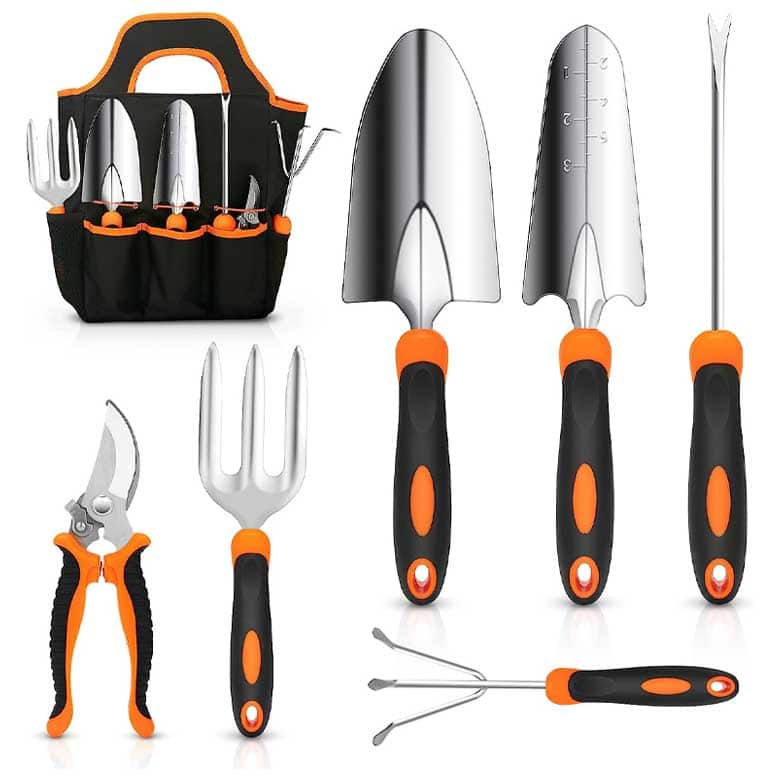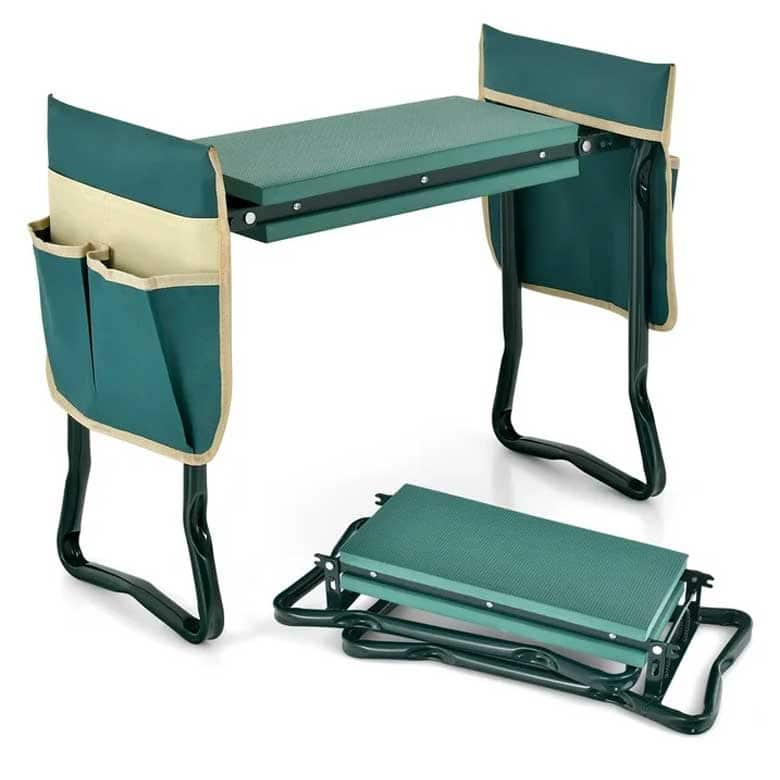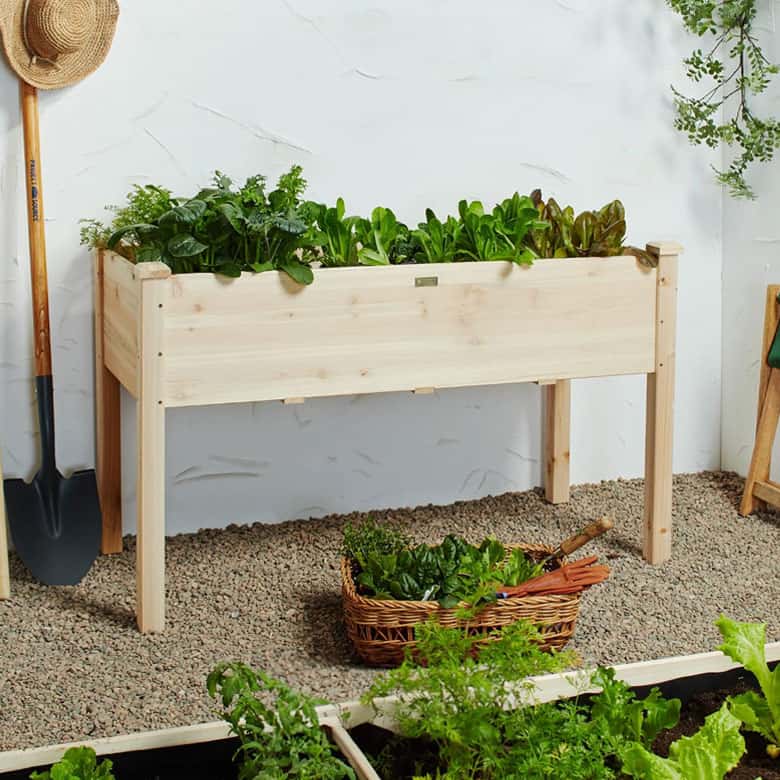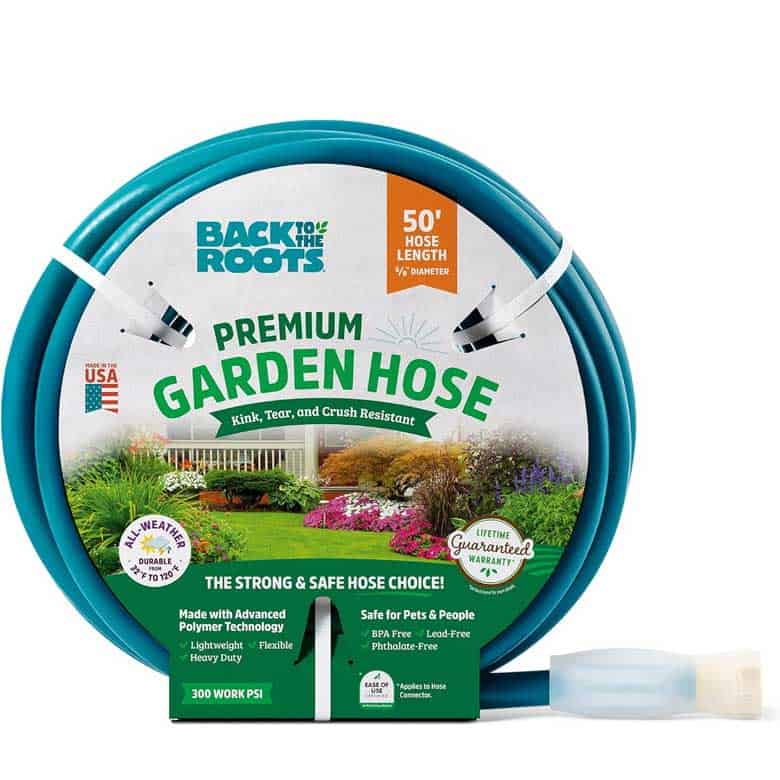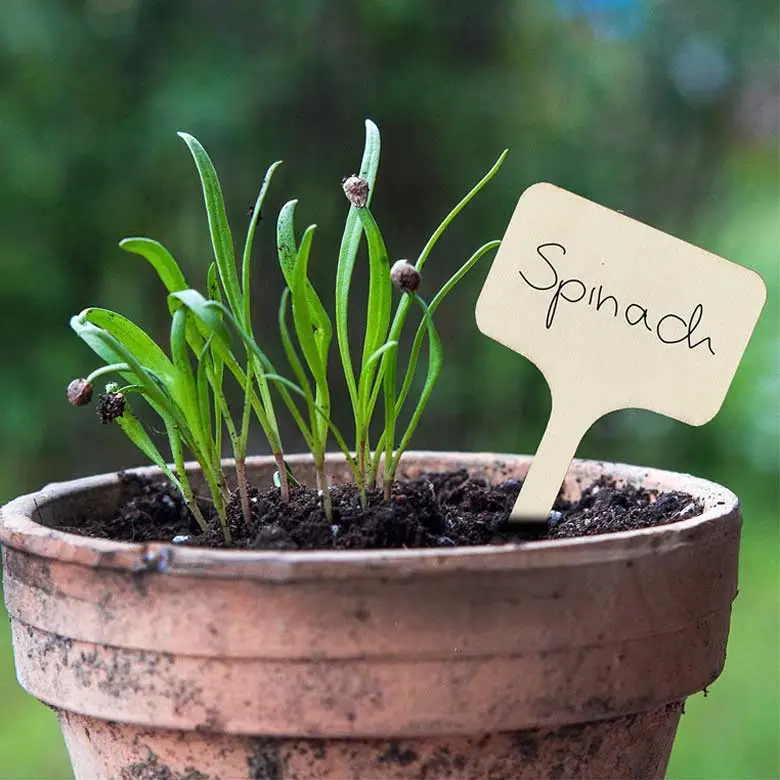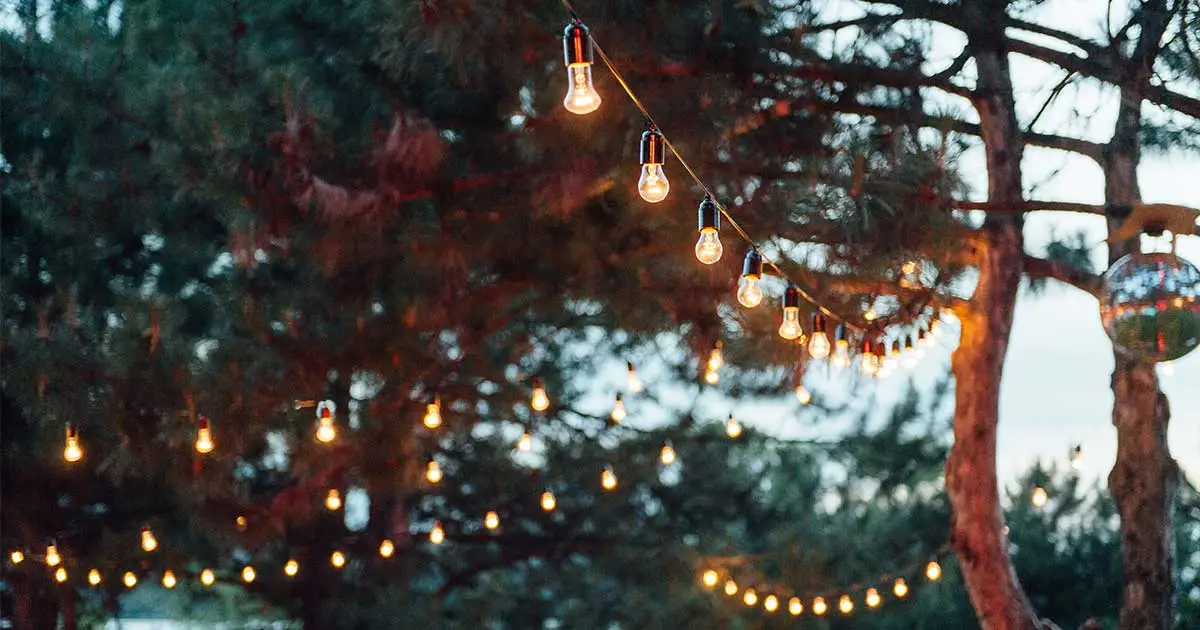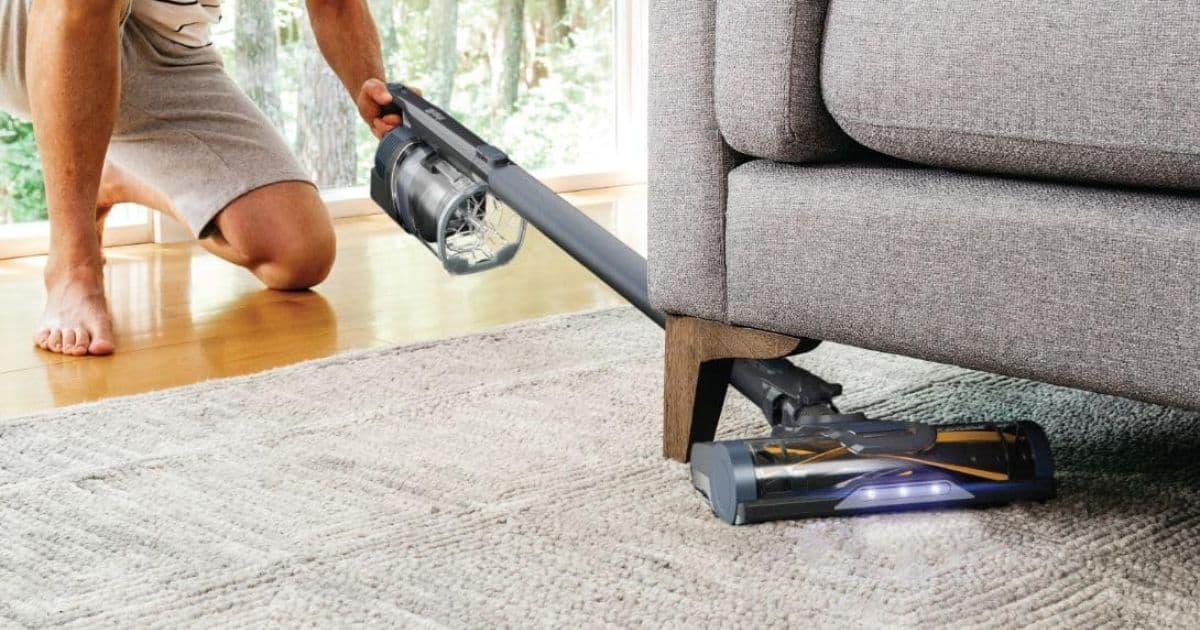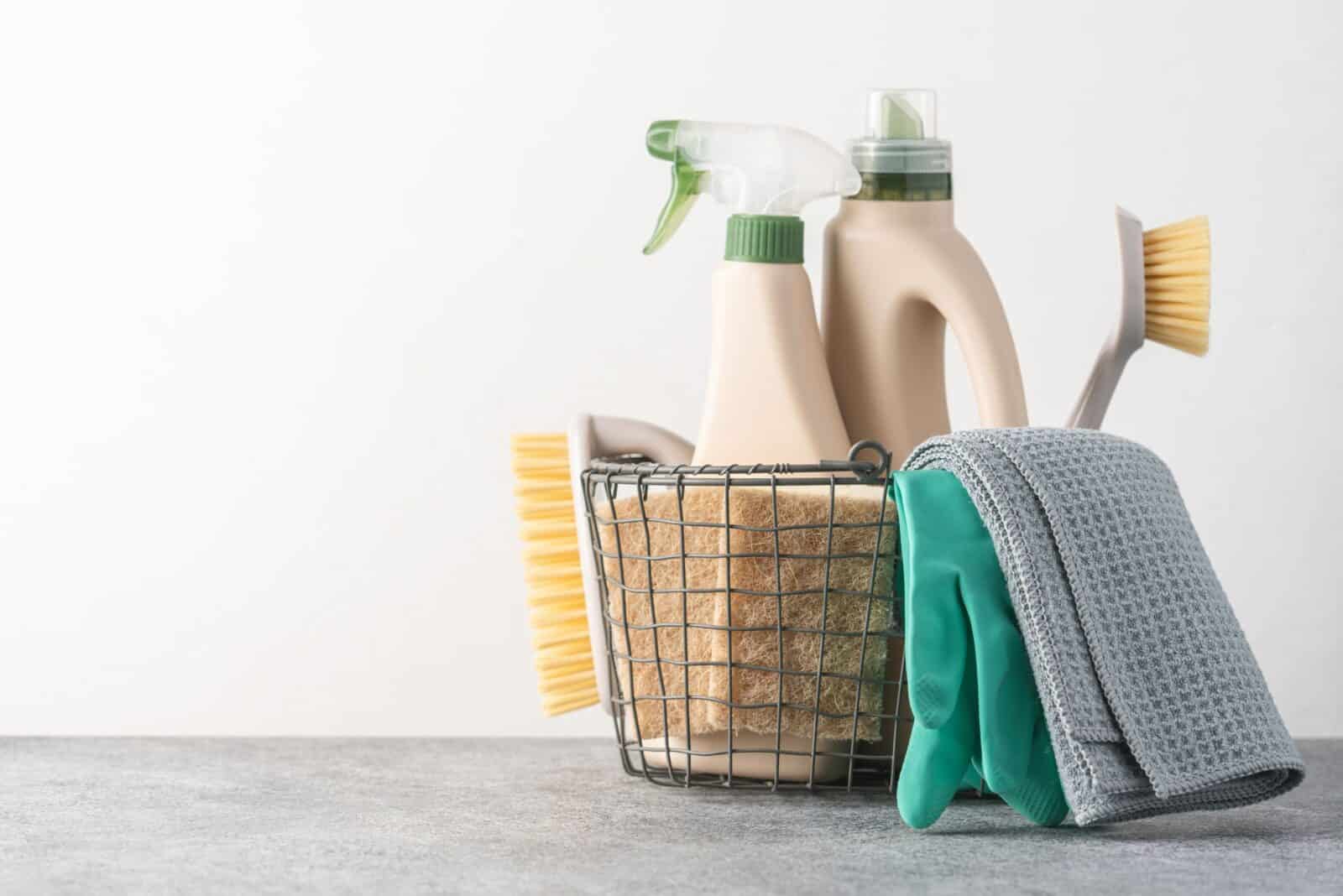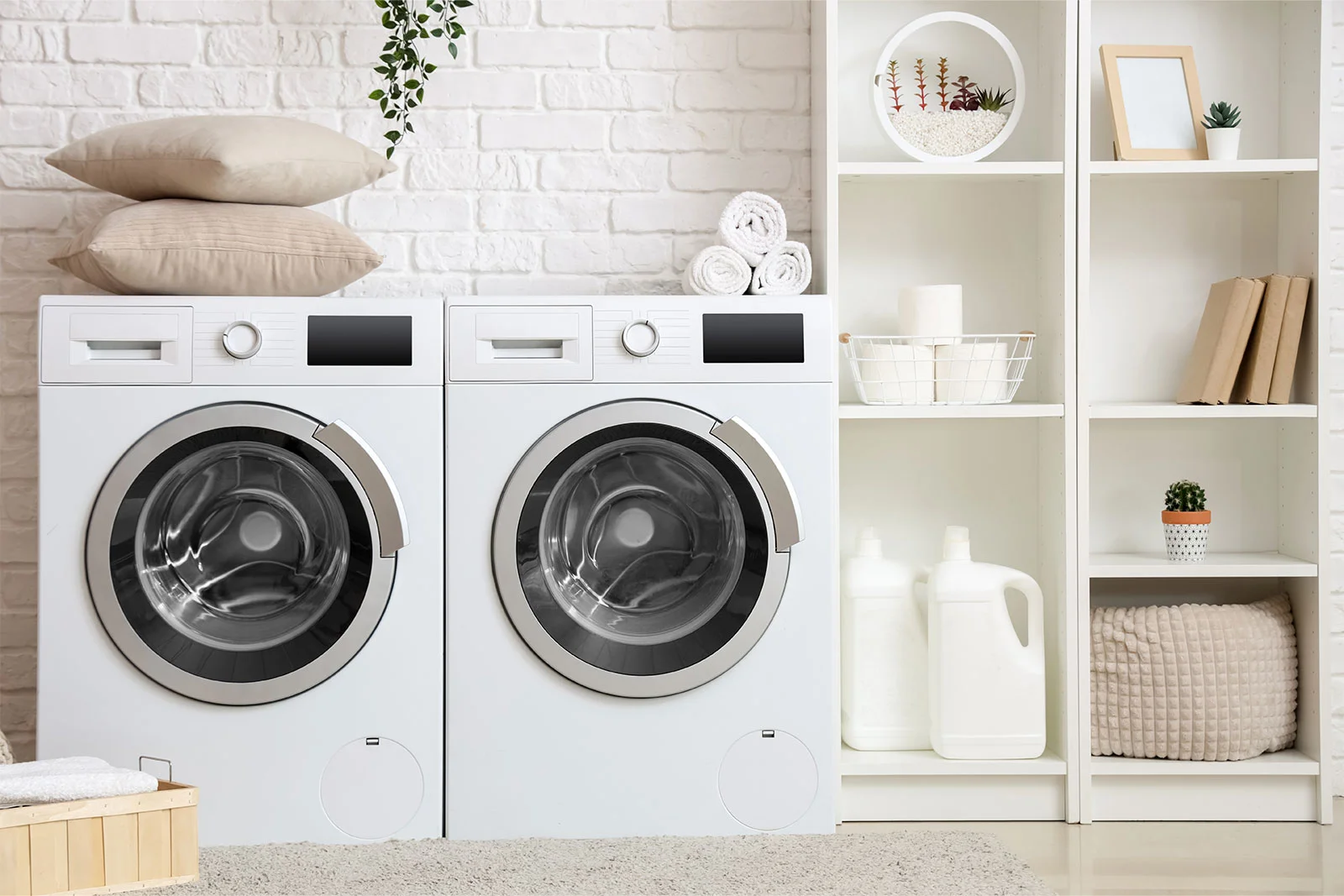10 Gardening Tips for Beginners
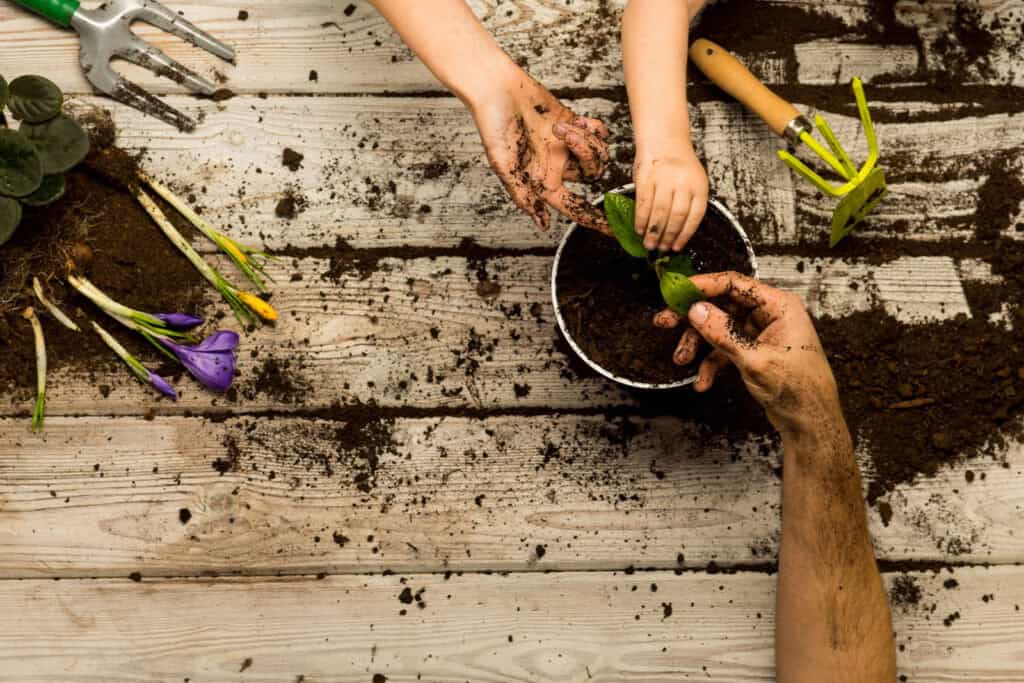
This site contains affiliate links to products. We may receive commission for purchases made through these links. Price at time of publish date may change.
Planting a garden is surefire way to add curb appeal to your home—not to mention a fun, healthy hobby! But if you’ve never dug your hands into the dirt, gardening for beginners can be more than a bit intimidating. Newbies can easily become overwhelmed by the many factors that go into growing plants, from the ideal amount of sun to the right soil and everything in-between. That’s why we put together a handy list of gardening tips for beginners to help first-timers plant, grow, and nurture beautiful blooms in their backyards this year.
These warmer, longer spring days are perfect for spending time outside, so whether you’re aiming to grow fresh veggies for your family, beautify your surroundings, or simply find your zen in the great outdoors, our tips will help you hone your green thumb this season. Beginner gardeners and horticulturists both are sure to find some useful gardening ideas below.
1. Know Your Zone
Certain plants thrive in specific climates, so the first step in starting a garden is knowing what’s going to grow best in your area of the country. Once you establish your climate zone, you’ll be able to narrow down your choices to plants that are just right for where you live. Also consider how the plants you choose to grow will interact with each other, and make sure you’re not planting opposing blooms near one another.
2. Assess the Sun
Now that you’ve determined your climate zone and planned your plants’ surrounding flora, it’s time to zoom in on your home. Take some time to observe your habitat through the lens of a gardener, noting how much sunlight your outdoor spaces get each day. From there, you can easily find plants that match what you have to work with.
3. Be Realistic
Before you make your final decisions on what to plant, it’s important to be realistic about how much time you can devote to tending to your greenery. If you don’t have the luxury of spending hours on end in the garden, choose plants that don’t require a ton of attention. For example, sage, rosemary, and thyme are some fantastic easy-care herbs, and petunias, globe amaranth, and hostas are fabulous low-maintenance foliage.
4. To Pot or Not?
New gardeners have three options of how to approach their planting: containers, raised beds, and the ground. Each method offers its own advantages; it all depends on what works best for your needs and circumstances. Homeowners, for instance, might want to invest in an in-ground garden, while renters will likely prefer moveable potted options.
5. Time It Right
Timing is a key ingredient in the recipe for gardening success. When to start planting depends on what you want to grow, the climate you’re growing in, and seasonal factors. (If you’ve missed your ideal window, don’t worry—you can always opt for starters instead of seeds.)
6. Soil Matters
Different types of plants root best in different types of soil, so knowing what to buy is key to showing your plants the love they deserve. If you’re not sure whether to go for vitamin-heavy clay, a loamy soil that drains well, a potting mix, or any of the many options on the market, you can always ask the experts at your local garden store.
7. Keep Hydrated
Watering your plants isn’t quite as straightforward as it sounds. The amount and frequency of ideal hydration will depend on the types of plants you are growing and your local weather. Be sure to educate yourself to avoid over- or under-saturating your garden.
8. Nurture With Nutrients
Plants need a steady stream of nutrients if they’re going to stay healthy. Knowing the type, amount, and frequency of fertilizer to use is a must. You can also learn how to compost everyday kitchen waste like egg shells and coffee grounds into food for your flowers, fruits, and veggies.
9. Write It Down
Keeping track of what is and isn’t working is essential to long-term gardening success. As your plants take root and grow, record how you’re caring for them and make notes about the results. That way, you’ll know how to do even better in the coming weeks, months, and years!
10. Get the Right Gear
The final step to starting your very own garden is equipping yourself with the right gear. At the very least, we recommend a set of basic tools, a sturdy pair or two of gloves, and a lightweight foldable chair to take the strain off of your back. Take a look at our top picks below, and good luck on your new gardening adventure! Now let’s get growing.
Gardening Supplies to Get Growing
15 Best Decorative Outdoor String Lights to Brighten Your Backyard
They’re just what you need to add ambience to your outdoor space.
Read More